In the end, email might actually kill off Slack
Always-on culture is slowly invading the intimacy of your inbox with cloud technology


There is something inherently ignorable about an email. Ray Tomlinson sent the first one (to himself) in 1971 but he can’t remember what the subject was.
Email is not particularly cool either; it’s a Gen-X invention that Millennials and Gen-Zs are consistently trying to move away from with platforms like Slack, which is hellbent on killing it off.
Slack doesn’t make any attempt to hide this contempt for email, either. Recently it added a feature to send messages beyond the walls of a company and connect organisations into shared channels. Unfortunately for email, most businesses want these instant cloud-based communications. Not some legacy tech where you can accidentally ‘cc’ in all your contacts.
Yet for some time there has been a growing community of individuals, entrepreneurs and startups that still see value in email in the golden age of cloud computing. They see an opportunity to feed that cloud-based innovation into your inbox and breathe new life into this founding pillar of the Digital Age. Simply put, the innovations that Slack has built to kill email off have, ironically, inspired others to improve it.
The inbox revolution
In the middle of 2019, a New York Times article drew attention to a startup that promised to revolutionise emails with machine learning-based shortcuts. It was a Gmail plugin called Superhuman that reportedly had an ever expanding waiting list of potential clients, all keen to pay a $30 (£22.8) a month premium for email.
The company borrows Gmail creator Paul Buchheit’s rule of “every interaction should be faster than 100ms”. It has developed features that it says will “make you feel superhuman”, such as an AI-based email triage (which is actually just a suped up filter), an undo send capability, message scheduling and a few more that sound like very mundane superpowers.
Productivity expert, author and founder of career advice site The Muse, Alexandra Cavoulacos points out that Superhuman is the newest in a long line of startups that claim to improve email. She gave its plugin a go, along with a rival service called Hey (you may have seen it battling Apple in the news).
Get the ITPro daily newsletter
Sign up today and you will receive a free copy of our Future Focus 2025 report - the leading guidance on AI, cybersecurity and other IT challenges as per 700+ senior executives
“Few have been successful in the long-term, but many have had early user growth and interest,” Cavoulacos explains. “What that indicates to me is that there is a real demand for an improved product. We spend so much time in email that something that has a better user experience or saves you time can be very valuable.
“We are very used to our existing tools, so the new options have to be that much better to be worth switching – even more so for paid products. Superhuman has focused on speed and shortcuts, quite successfully – when I tested them out I definitely saw better speeds and enjoyed a number of their features. Hey seems to be focusing more on being a better filter – keeping just anyone from taking up your time, mental energy and inbox real estate.”
RELATED RESOURCE
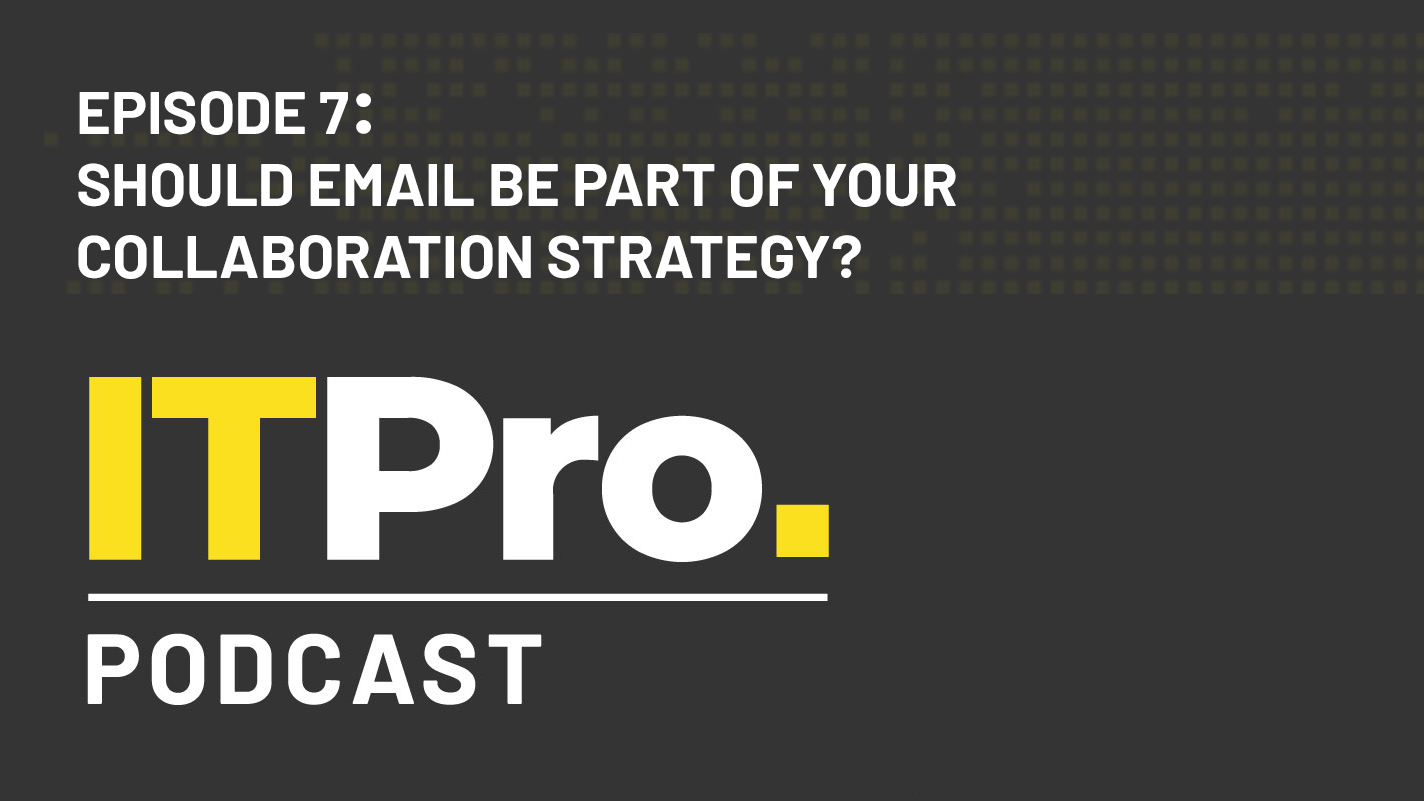
The IT Pro Podcast: Should email be part of your collaboration strategy?
We look at whether email is an outdated relic or a useful tool
While apps like Slack have a lot of upsides, Cavoulacos still believes that email has an important role in the modern age and she suggests that instant message platforms have facilitated a move to an immediate response model. And, while there is certainly work that is best done via platforms that focus on real-time collaboration and instant messaging, the more private affair of email still has its place in 2020 and beyond.
“Email is still the best tool for thoughtful asynchronous communication, which is critical for allowing individuals to control when and how they do their work,” Cavoulacos says. “It is already challenging enough to keep your inbox from becoming your to-do list, with every email becoming a new task for you to do. Add in Slack or other app notifications, and professionals find themselves busy all day, but not productive.”
Collaboration loops
Like Superhuman and Hey, Boštjan Bregar, the CEO and co-founder of Loop, believes that innovations in cloud-based communications and instant collaboration tools can be imported to your inbox. Bregar has been in the collaboration space for many years but didn't start with email. In 2016, angel investor and long-term collaborator Ben White suggested he should stop thinking about new, alternative email platforms and instead look at adding collaboration into something already in use. Whereas Slack and Microsoft Teams talk about killing off email, White and Bregar decided to go against the grain to try and modernise it.
“There are about three or four players that are really trying to sort of reinvented email - Dropbox just entered the market a few weeks ago with their solution,” Bregar explains. “So there are quite a few people now figuring out that maybe the solution is not bringing people out of email, but actually bringing all the new stuff into it.”
Loop connects to your existing email structure, whoever the provider may be, and floods it with various shortcuts and efficiency add-ons. It works as an individual performance boost or as a company-wide collaboration tool similar to Slack and Microsoft Teams. For example, when an email comes through that is perhaps more relevant to someone else in your team, rather than cc them in another message, you can @ them, or @ your whole team, and find the right person. From there, documents, resources and anything else required can be pulled in for more instant collaboration between you, your team and also the sender.
However, as seamless as that sounds, it adds to the concerns raised by Cavoulacos about “always-on” culture where the lines between work and life can blur – something that may have been exacerbated for home workers by the pandemic. So, letting the rest of your team, or the world, know you’re currently reading emails may take away that intimacy.
Bregar doesn’t see it that way, however. In fact, quite the opposite. “It is such an individual tool,” he says. “You're on your own when you're in your inbox, you don't feel there's anybody else in there. If you use Slack, you feel there are other people there. Any tool you take today that has been put onto the market in the last 10 years, you have this feeling that you're sort of together. Whereas within the inbox, it's yours.
“The challenge is how to preserve this ability to be on your own and be effective in doing your stuff while feeling that you have your team there to help you because otherwise, you have to switch between platforms.”
For now, at least, email seems here to stay as it still remains one of the most effective ways to communicate outside your organisation. With add-ons for easier collaboration that imitate what instant messaging-focused platforms offer, maybe it really will be email that triumphs after all.
Bobby Hellard is ITPro's Reviews Editor and has worked on CloudPro and ChannelPro since 2018. In his time at ITPro, Bobby has covered stories for all the major technology companies, such as Apple, Microsoft, Amazon and Facebook, and regularly attends industry-leading events such as AWS Re:Invent and Google Cloud Next.
Bobby mainly covers hardware reviews, but you will also recognize him as the face of many of our video reviews of laptops and smartphones.
-
 Bigger salaries, more burnout: Is the CISO role in crisis?
Bigger salaries, more burnout: Is the CISO role in crisis?In-depth CISOs are more stressed than ever before – but why is this and what can be done?
By Kate O'Flaherty Published
-
 Cheap cyber crime kits can be bought on the dark web for less than $25
Cheap cyber crime kits can be bought on the dark web for less than $25News Research from NordVPN shows phishing kits are now widely available on the dark web and via messaging apps like Telegram, and are often selling for less than $25.
By Emma Woollacott Published
-
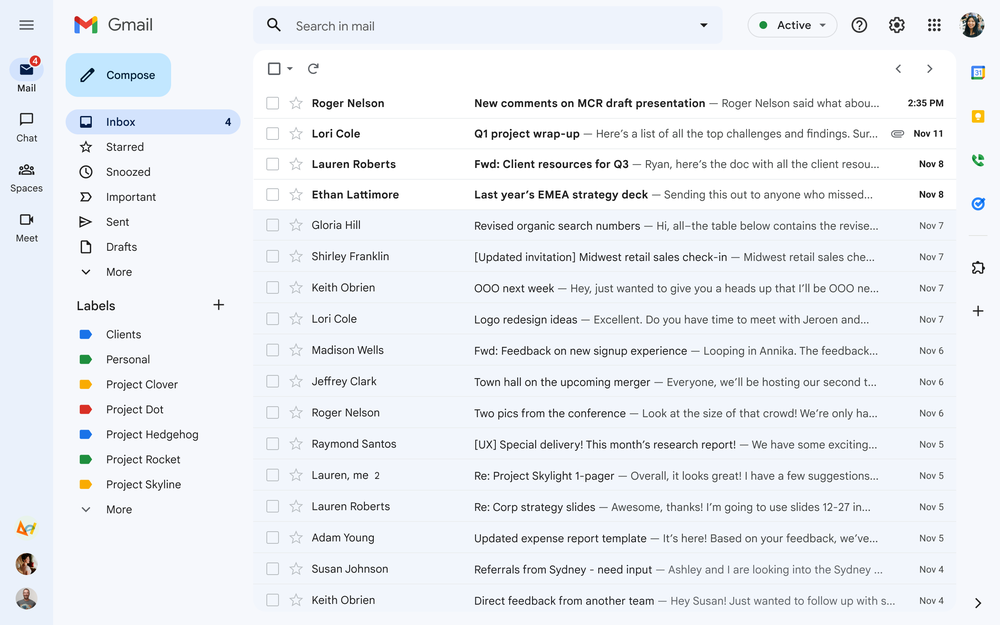 Google rolls out minor UI and search refresh for major productivity boost
Google rolls out minor UI and search refresh for major productivity boostNews New look Gmail tidies up Chat, Spaces and Meet apps as pop-out sidebar icons
By Bobby Hellard Published
-
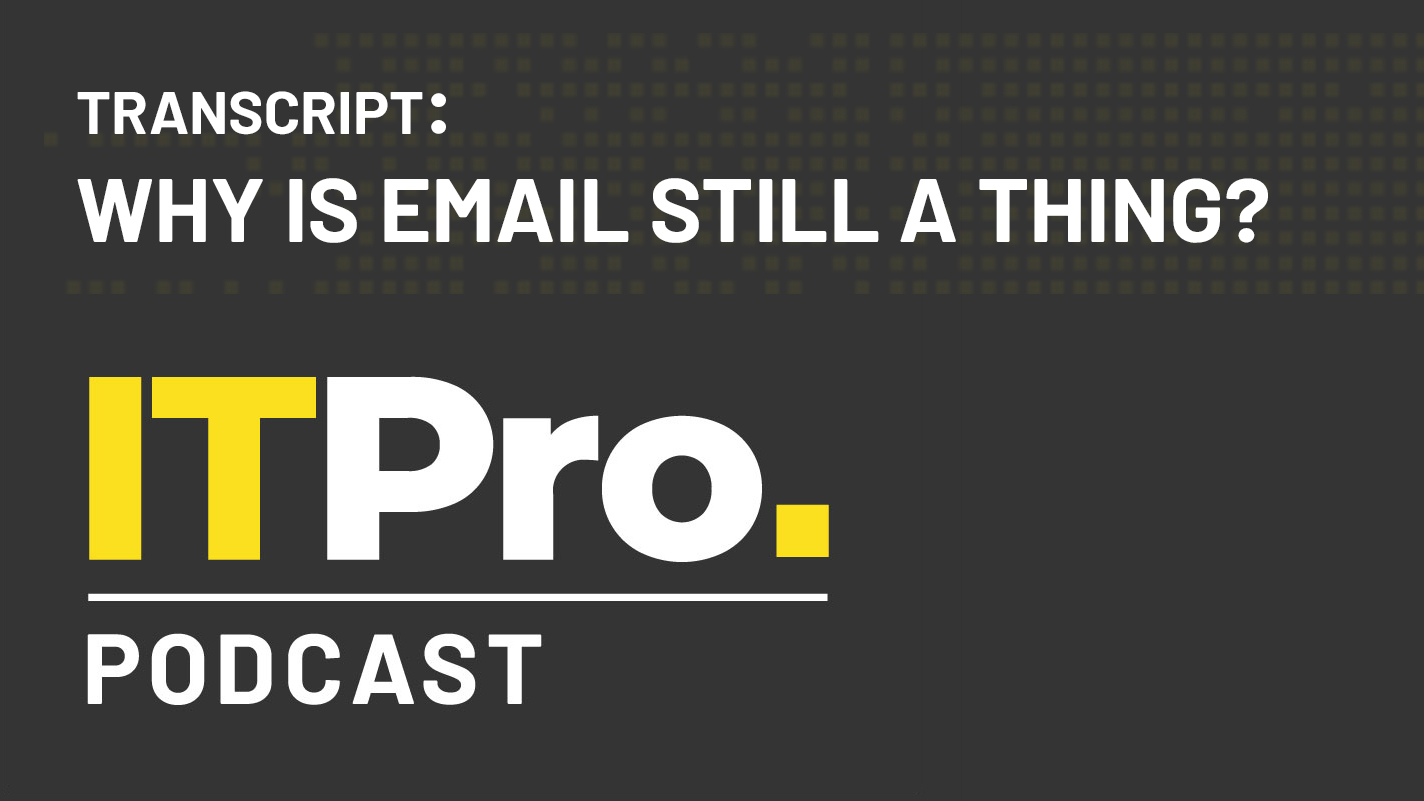 Podcast transcript: Why is email still a thing?
Podcast transcript: Why is email still a thing?IT Pro Podcast Read the full transcript for this episode of the IT Pro Podcast
By IT Pro Published
-
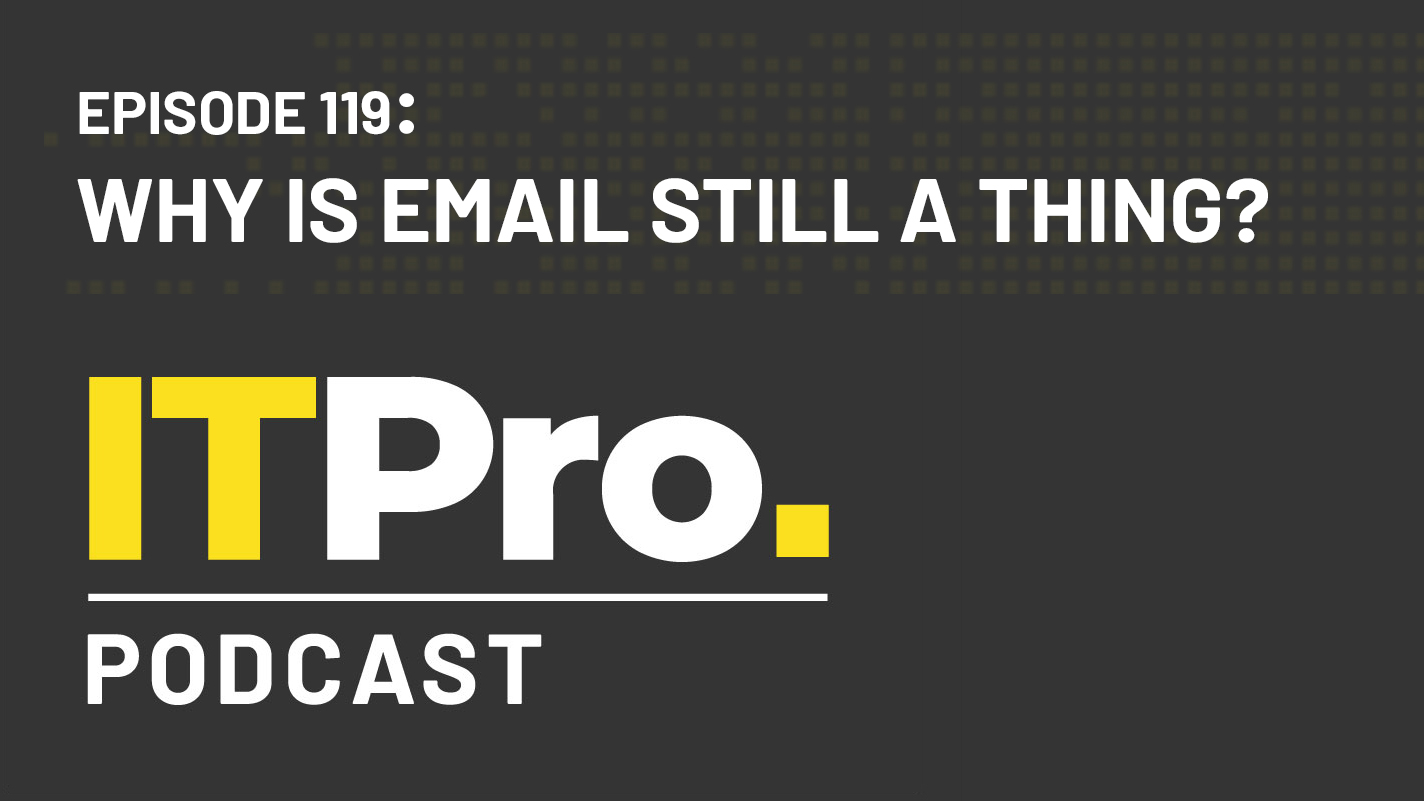 The IT Pro Podcast: Why is email still a thing?
The IT Pro Podcast: Why is email still a thing?IT Pro Podcast Despite a proliferation of newer collaboration platforms, email stubbornly refuses to go away
By IT Pro Published
-
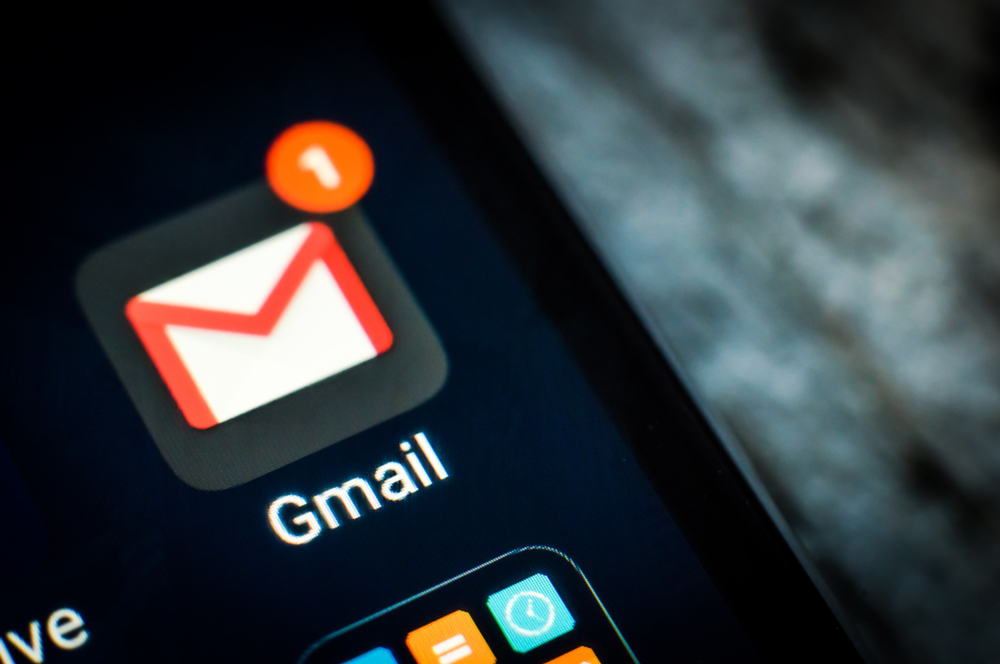 Gmail's new 'integrated view' layout will become default in April
Gmail's new 'integrated view' layout will become default in AprilNews Chat and Meet apps will have dedicated buttons and spaces alongside users' emails
By Bobby Hellard Published
-
 Nokia achieves record 8Gbps speeds in 5G trial
Nokia achieves record 8Gbps speeds in 5G trialNews The new record is almost twice as fast as Nokia’s previous 5G milestone
By Sabina Weston Published
-
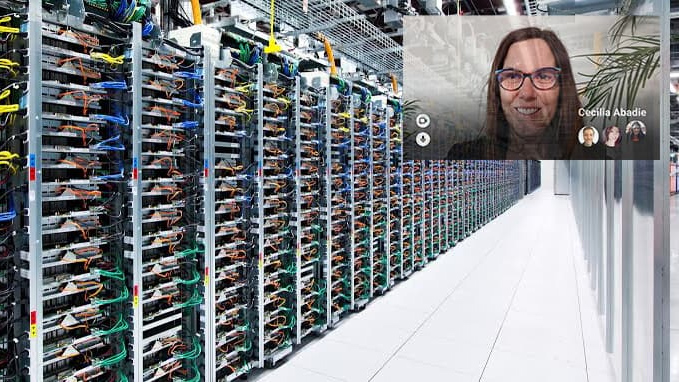 Google Glass now supports Meet video calls
Google Glass now supports Meet video callsNews New integration is available in beta for Enterprise Edition 2 of Google Glass
By Bobby Hellard Published
-
 80% of businesses still use email as a primary collaboration tool
80% of businesses still use email as a primary collaboration toolAnalysis The decades-old format is still the most popular way to work across organisations, despite a wide availability of specialist tools
By Esther Kezia Thorpe Published
-
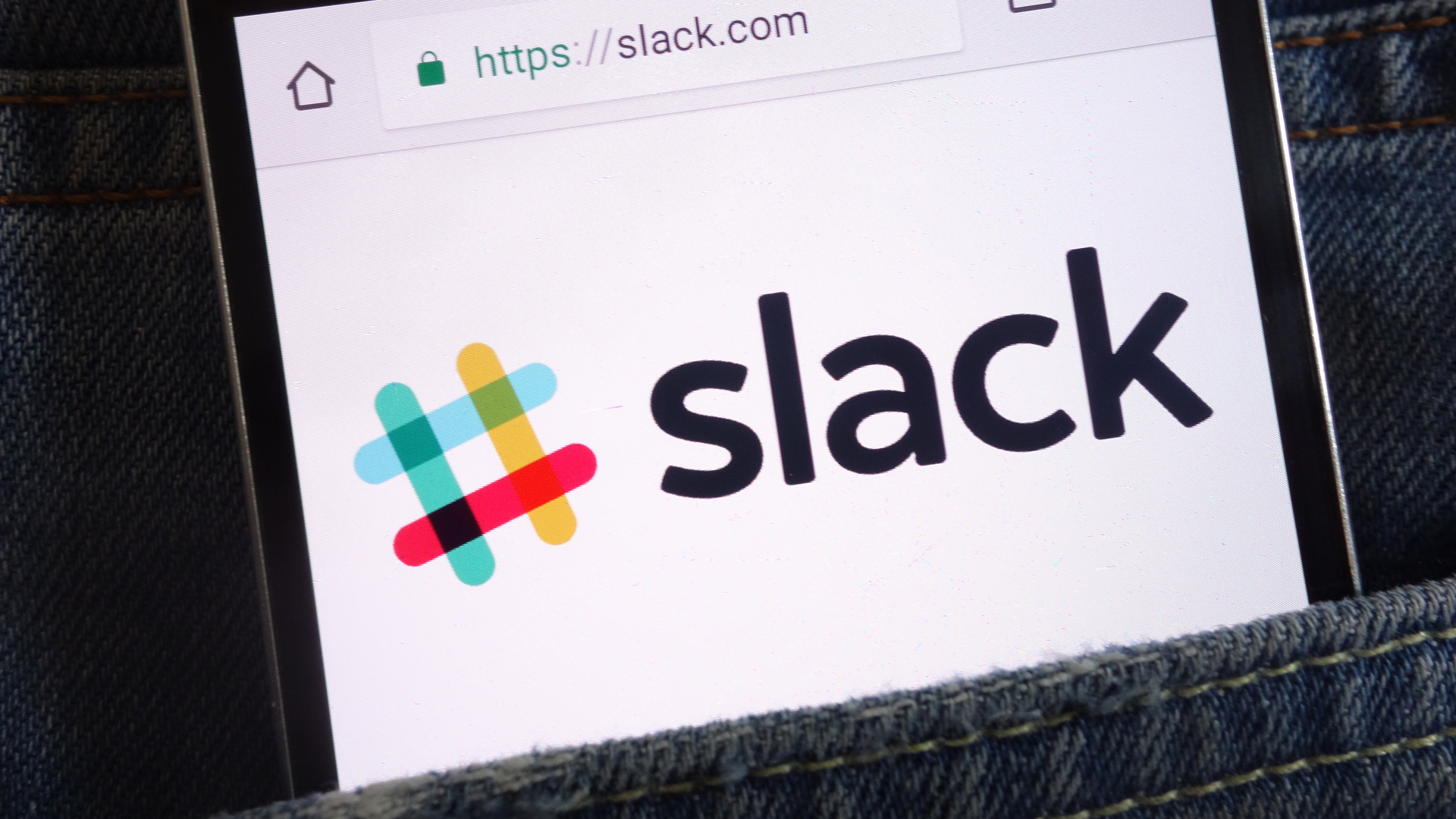 Slack acquires startup Astro, kills off its email platform
Slack acquires startup Astro, kills off its email platformNews Slack will integrate some of Astro's features natively in its collaboration platform
By Clare Hopping Published